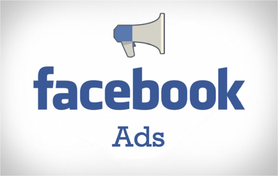
I wonder that a lot, mainly because mine doesn’t seem to work.
Yep, I do a bit of marketing for my novels. Not much, just $20 here and there. Lots of others do the same.
An article in September tells us that “CPC prices rose by approximately 40%” from 2012 to 2014. A big reason for that is the increased demand in online advertising to sell products and services.
One of the suggestions for dealing with this is to focus on long-tail keywords with advertising.
Another strategy is to go through a “non-Google company” for your advertising.
The article recommends Bing, Yahoo, or Ask and those are all great ideas. The way social is taking off these days, however, maybe your advertising dollar is better spent there.
Lots of people think that, and Facebook is making a ton of money because of it. Some of it is mine, as I said.
I spent about $60 last month to advertise some of my books.
I figure it's given me about $5 to $10 in return.
I suppose you can't measure visibility, but that's more of a selling point that Facebook can use. I feel that it's been a waste of money for the most part.
There are so many advertisers on Facebook competing for the same narrow audiences. Those with more money to spend will drown out people like me that have little.
Maybe businesses can do well with Facebook ads, but I'm not so sure individuals can.
We’ll talk about that in this post, as well as what you can do about it. Besides that we’ll look at some of the metric, analytics, and audience base from my recent Facebook advertising campaigns.
I want you to get a good idea of what the outcome can be if you choose to try Facebook Ads.
I think if you’ve done Facebook marketing you’ve found that you have to run a few ads to really get a feel for the editor and how you can narrow your audience.
That’s why I want to go backwards today. Let’s start off with some analytics and then move back to selecting our audience.
Confused? It’s alright – most people are when they try Facebook Ads for the first time.
Hang on and let’s dive into new ways of looking at your Facebook ad campaigns.
The Main Facebook Ad Screen
There’s really not much here – just a rundown on the clicks you got, the money they cost, and how long the ads ran.
Let’s move on.
Examining a Facebook Ad Campaign’s Demographics
I was only targeting men on this campaign as I feel the book appeals to them more.
For the male demographic, this ad was most popular for the 18-24 age range as well as the 25-34.
Actually, that’s what I chose to target it at, and I know that next time I might just want to stick with the 18-24 group, as that gave me a little better result.
Overall, it cost me $0.92 a click on this campaign as I spent $10 for the one day that the book was priced at $0.99.
That’s the thing with eBook marketing – I’m only getting a $0.35 royalty when I sell a book at that price.
What I’m trying to buy is visibility. That might get me some new fans, people that buy this book and like it and then buy the next one, or one of my many backlist titles.
Examining a Facebook Ad Campaign’s Ad Placement
Now that we’ve determined who the ad was reaching, let’s determine exactly where on the Facebook screen they saw that ad. This is referred to as Ad Placement.
Facebook measures all that for you on a separate tab of your ad campaign performance window. This is what that looks like:
What is getting action is mobile, and you can see those long bars are showing both reach (teal) and clicks (blue).
Mobile News Feed and Audience Network placements are the best for my books. I see this here and I’ve seen it on other campaigns. Here’s one for my book Dulce Base:
Clearly the Mobile News Feed is the best place for my ad on Facebook. Also, the third-party mobile apps that the Audience Network bar represents is also good to me.
Those are giving me the largest reach so the next time I do this ad, or others, I’ll want to just focus on that placement.
When it comes to Facebook Ads, Desktop Feeds do not help me at all. I’ll do best by cutting those out entirely…if I can.
The good news is that you can change the placement of your ads, and you can do this when you edit an ad. Even if the campaign is ongoing, this can be done.
Determining Your Book’s Audience
Yeah, maybe you’re writing the book you want, but you’re not sure exactly who will want to read it.
Take my book Tarot Card Killer. I figure this would appeal more to men, but I really have no way of knowing when I can’t see the analytics.
The nice thing about Facebook Ads is that they give you the analytics, unlike other eBook marketing sites. That’s why I know a lot more women are interested in this serial killer thriller than men. Take a look:
I spent $6 a day on this ad and it didn’t do too much…except tell me that I need to focus more on women in the 35-44 age demographic. I bet if I narrow interests down more as well I could get better results.
That’s what analytics are all about – studying results so you can see what works, what doesn’t, and what direction you should proceed because of it.
Determining the Best Age Range for Facebook Ads
The ad only targeted men as I figured this book would not appeal to women. For men, the 25-34 and the 35-44 age groups do really well.
Therefore, I might as well cut out the 18-24 and the 45-54 age groups so I can have more precise targeting.
Conclusion
Even better is getting it around 1,000 to 2,500 – when you can do that you’ll be targeting those that are most interested in your book.
Instead of targeting age and other demographic characteristics, we went ahead and ran an ad and then analyzed the results.
From this we were able to determine that some age rages work better and some ad placements are great.
We also realized that I have no idea who my audience is.
Ouch, that sucks.
But the good news is that now I can target my serial killer thriller novel to women and my alien shoot-em-up at younger men. I know on both campaigns that mobile is the way to go and desktop can be cut out.
Hey, maybe if I do that next time I’ll get better results.
Yep, as for the books – I don’t think I sold a single one during these campaigns.
Oh well…back to the drawing board.
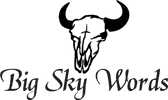
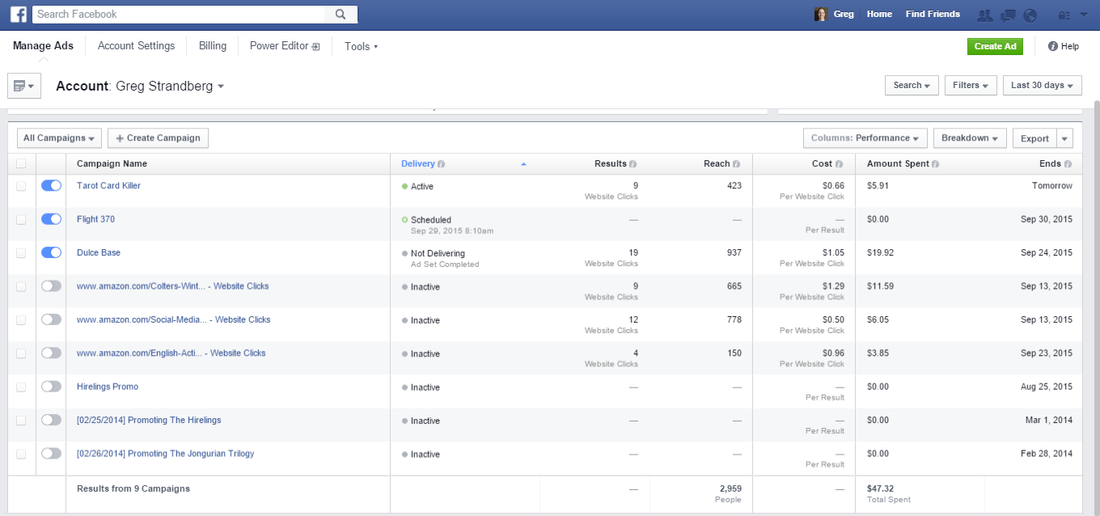
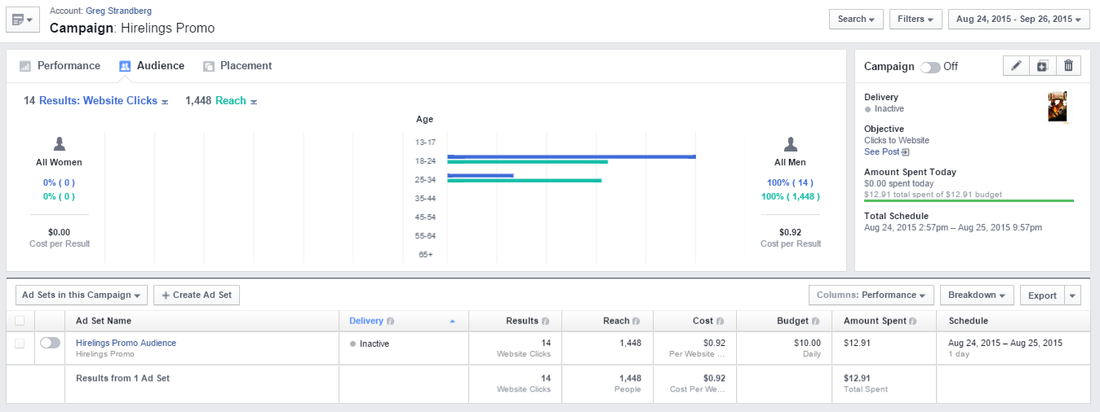
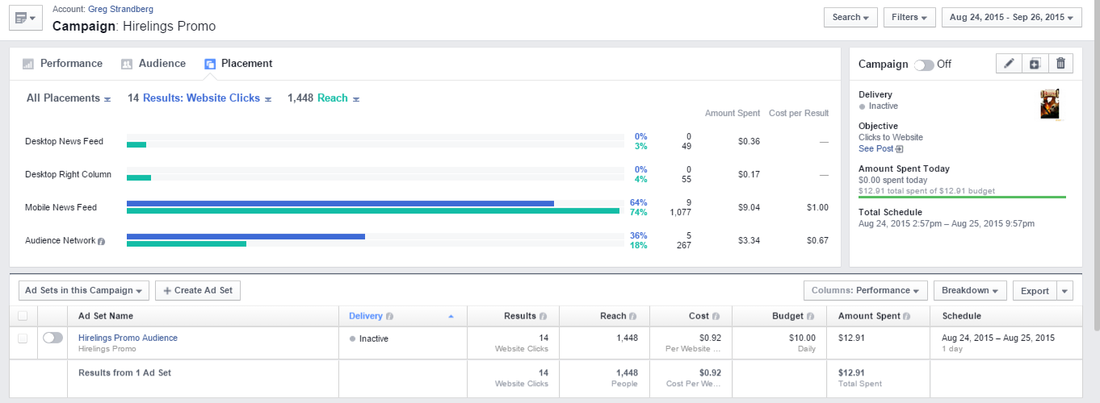
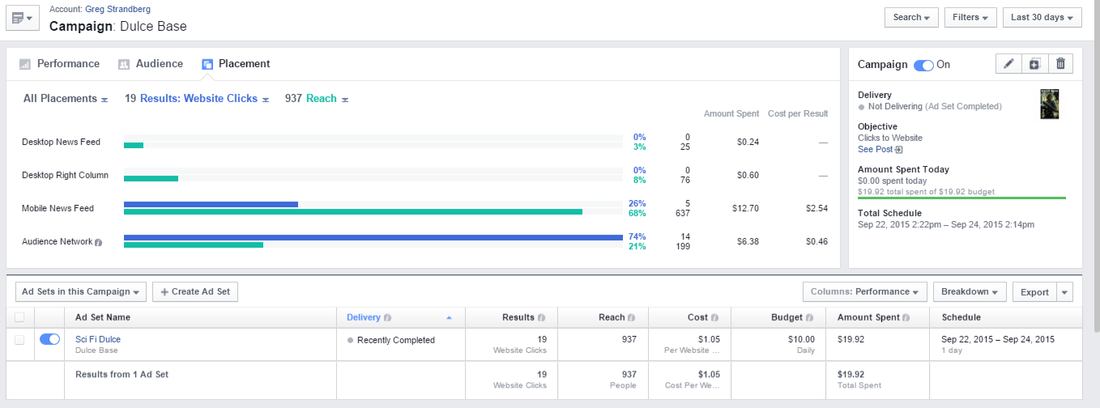
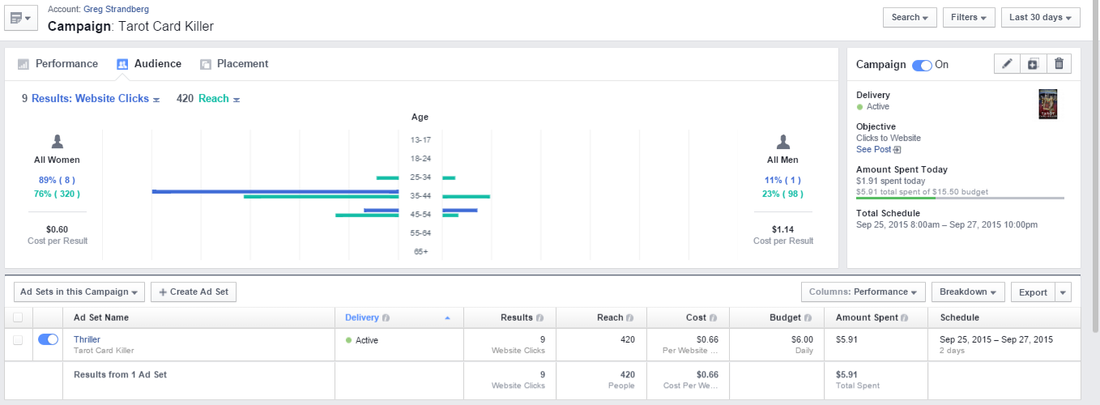
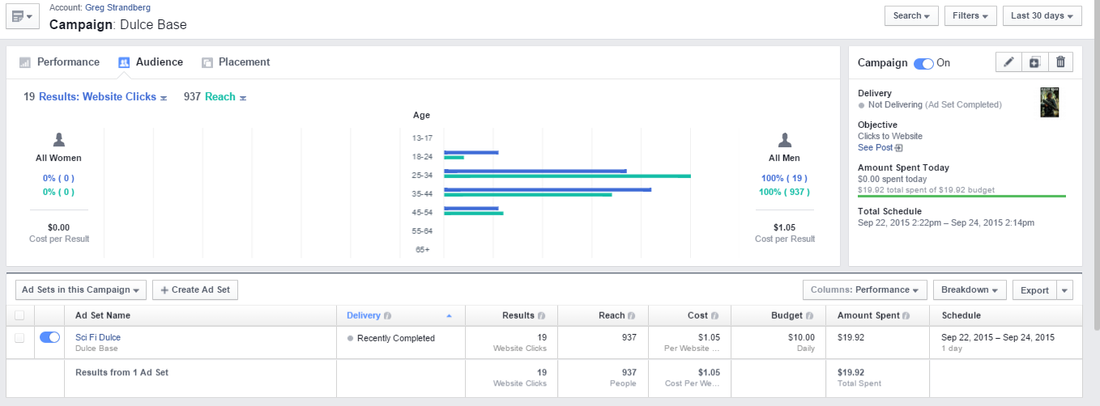
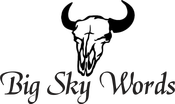
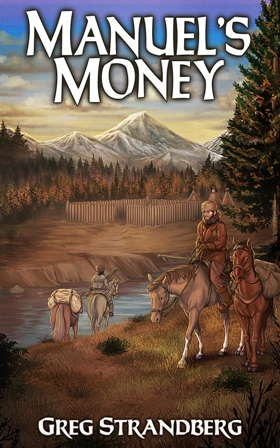
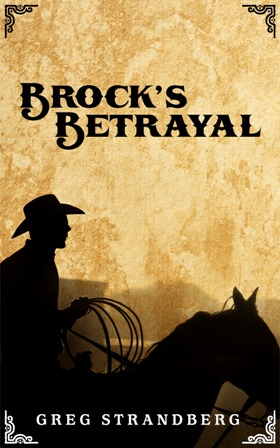
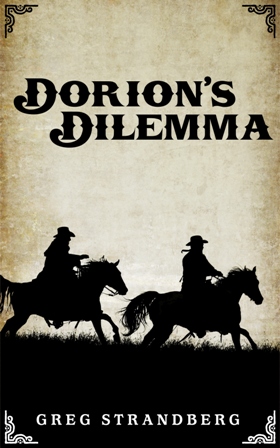
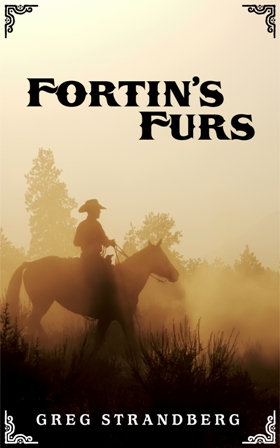
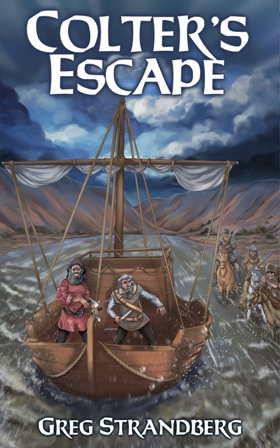
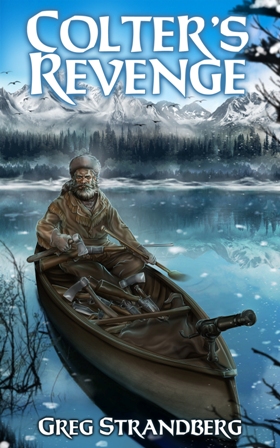
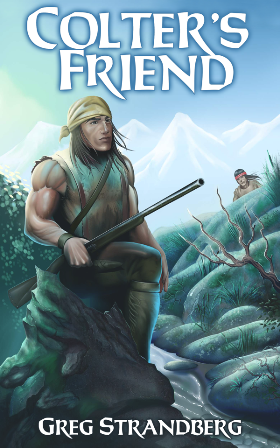
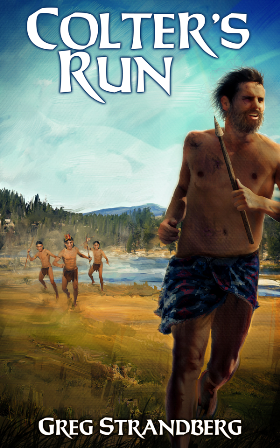
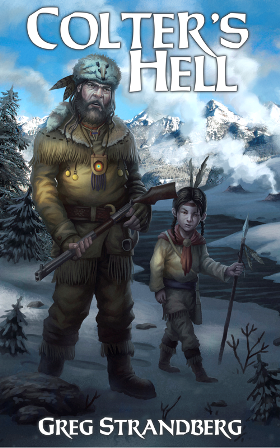
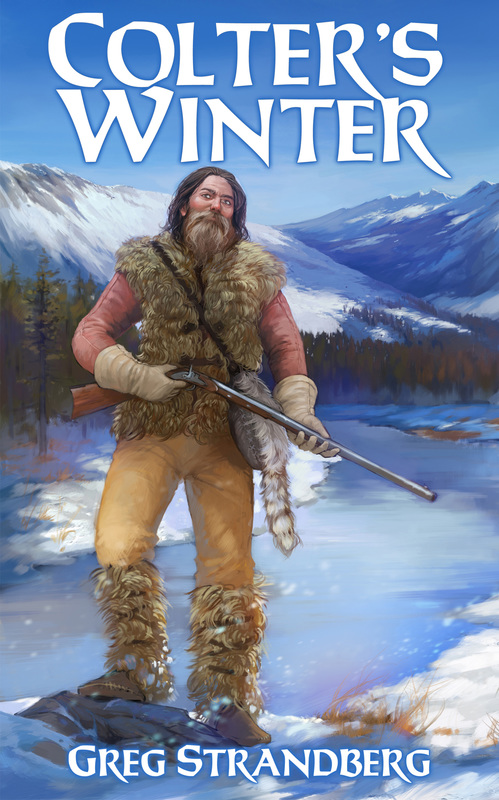
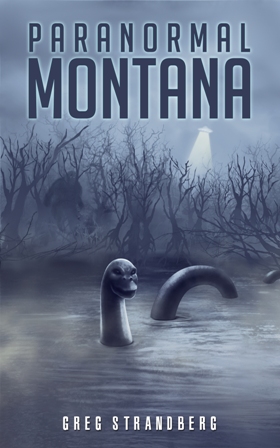
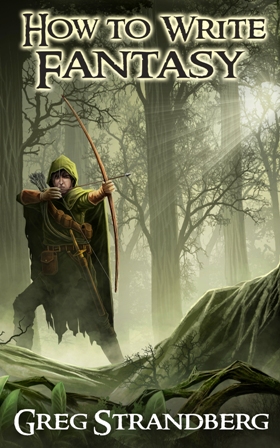

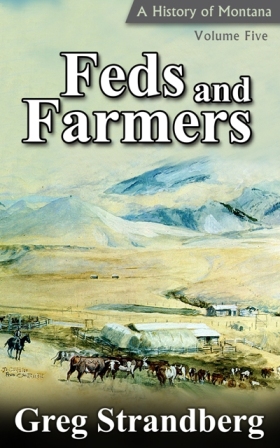
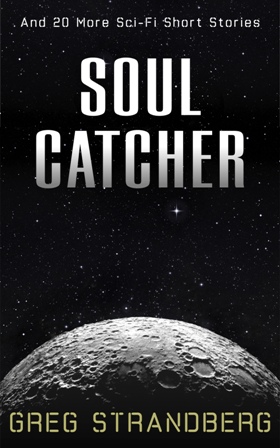
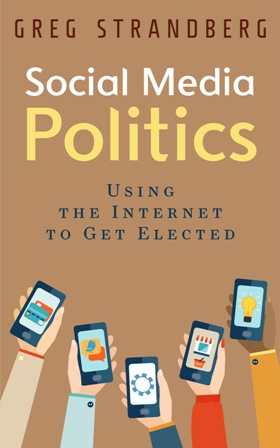
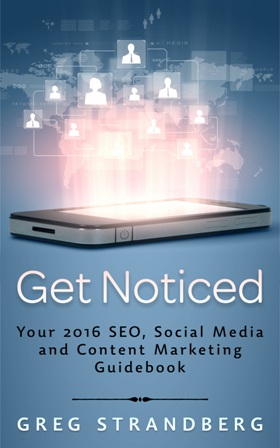
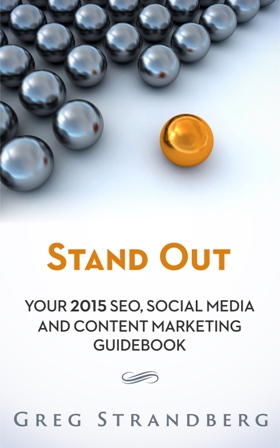
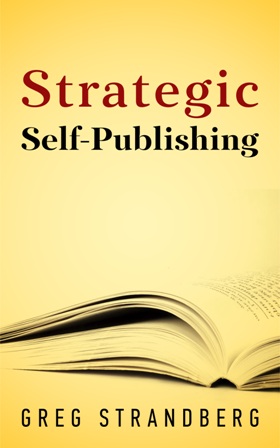
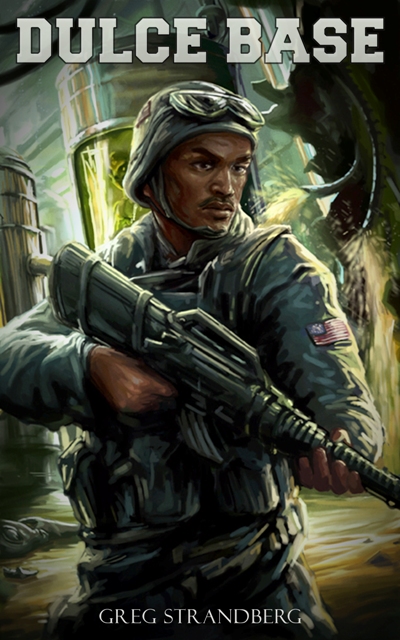
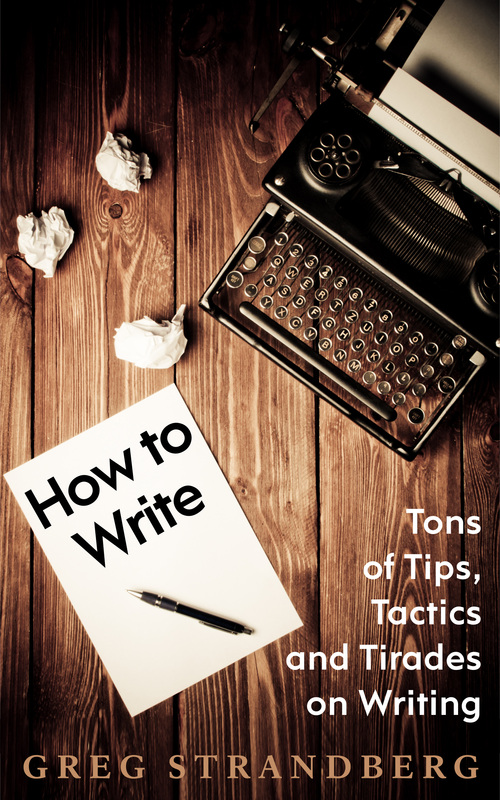
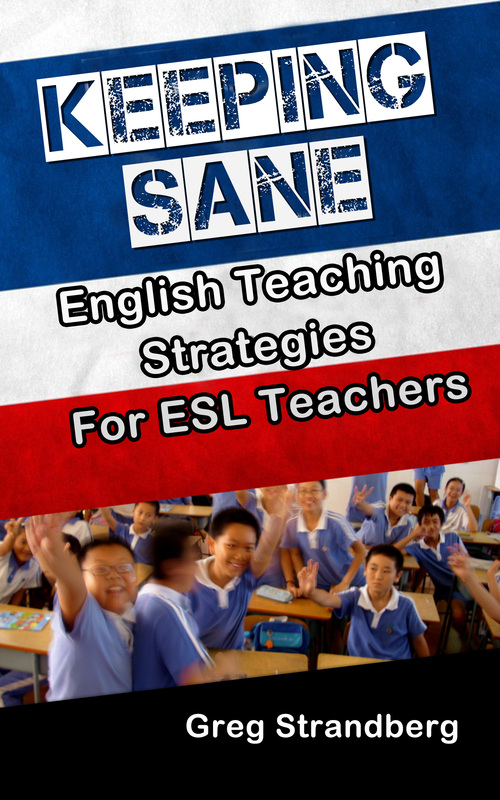
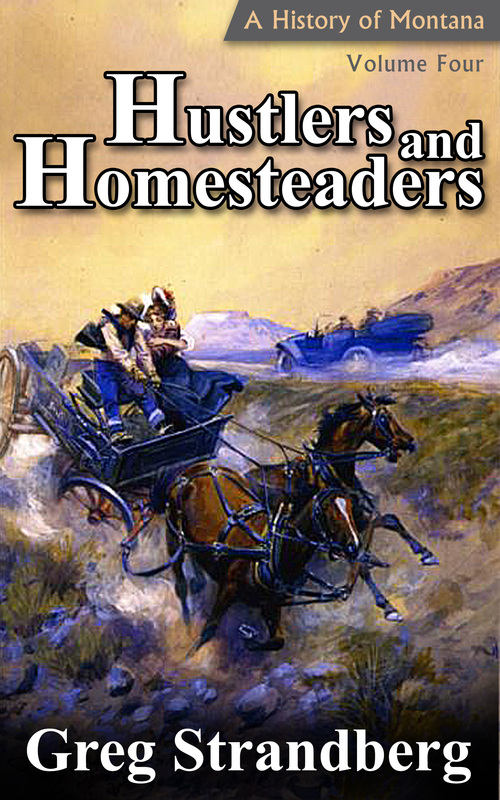
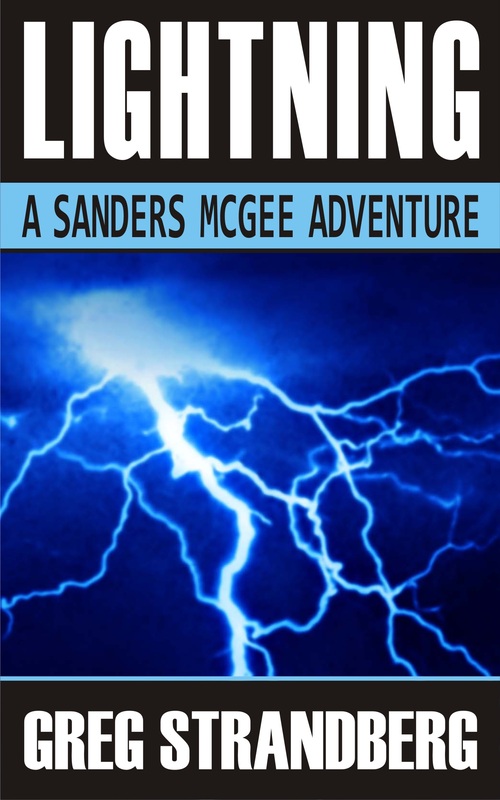
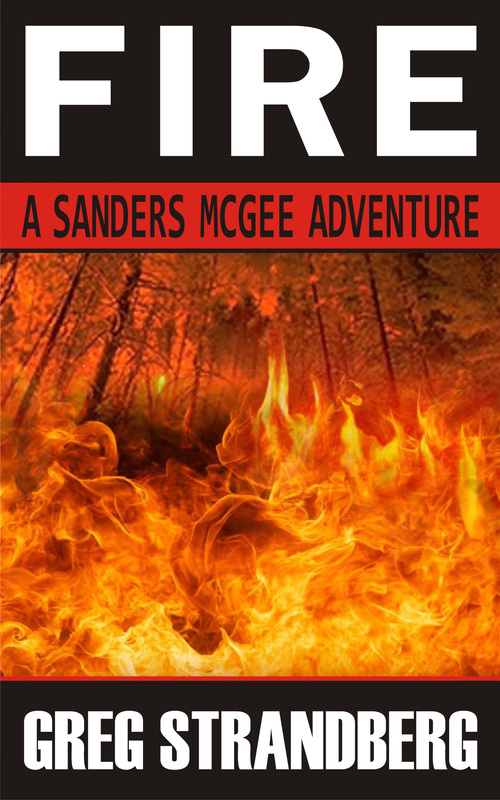
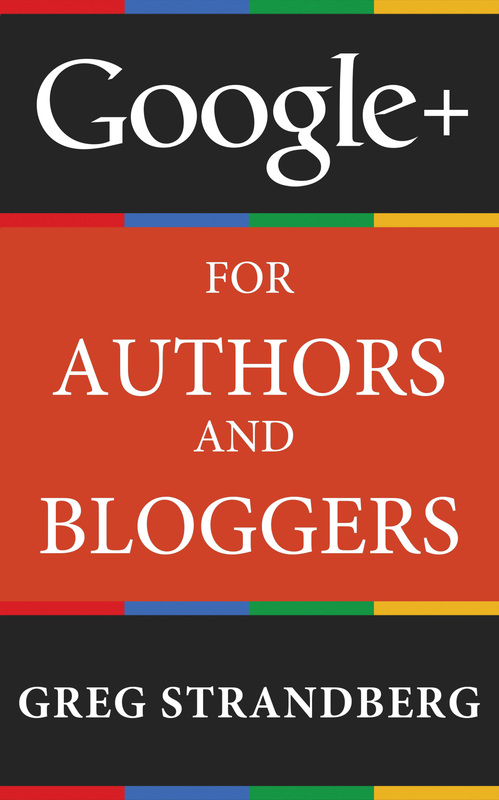
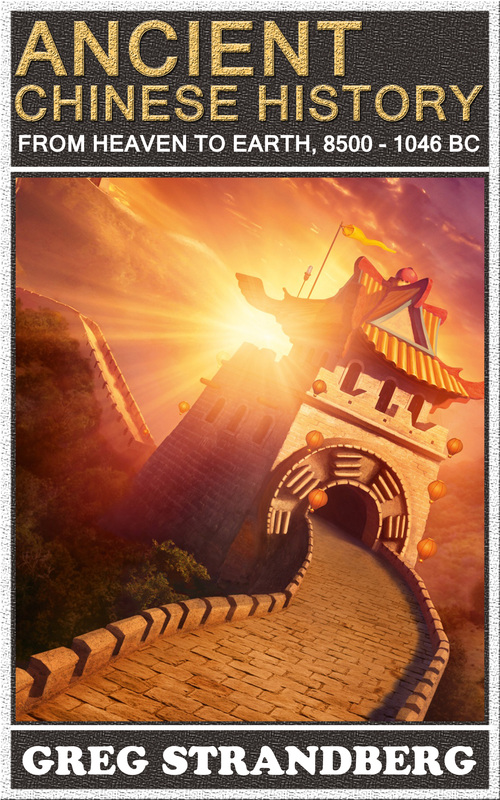
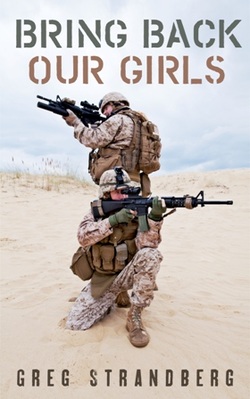
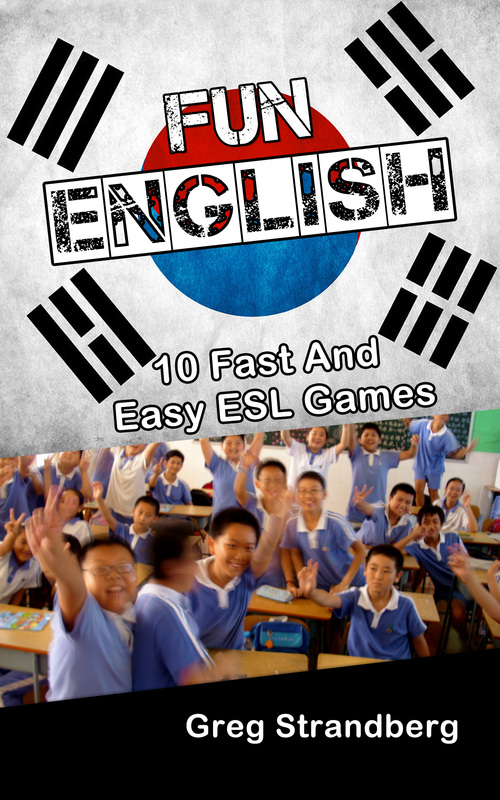
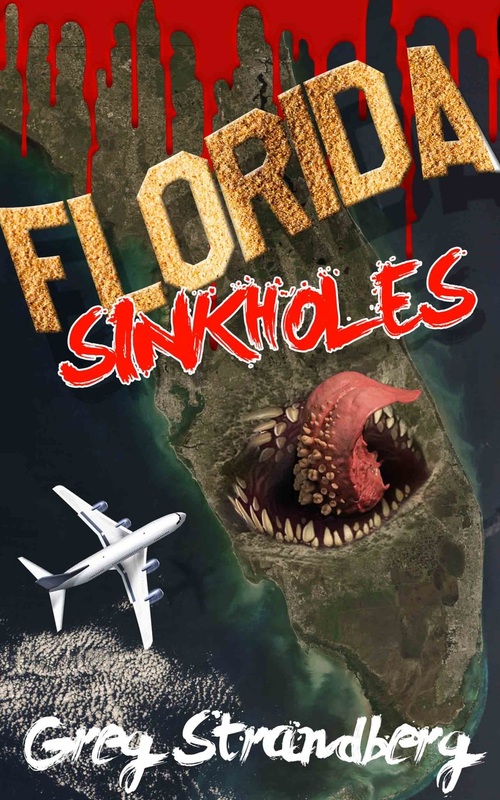
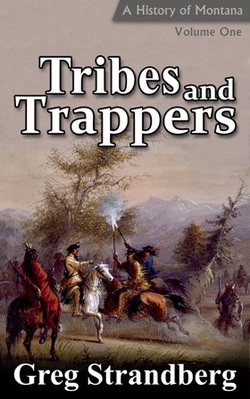
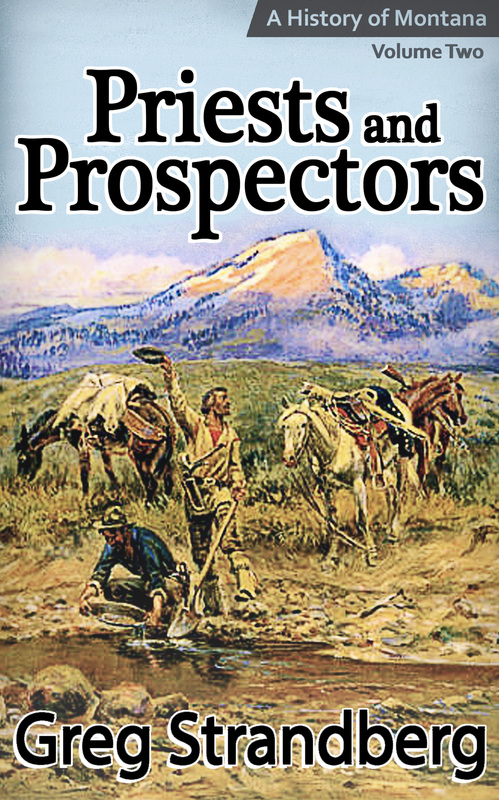
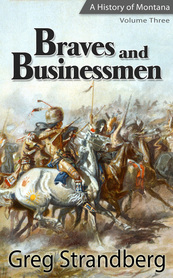
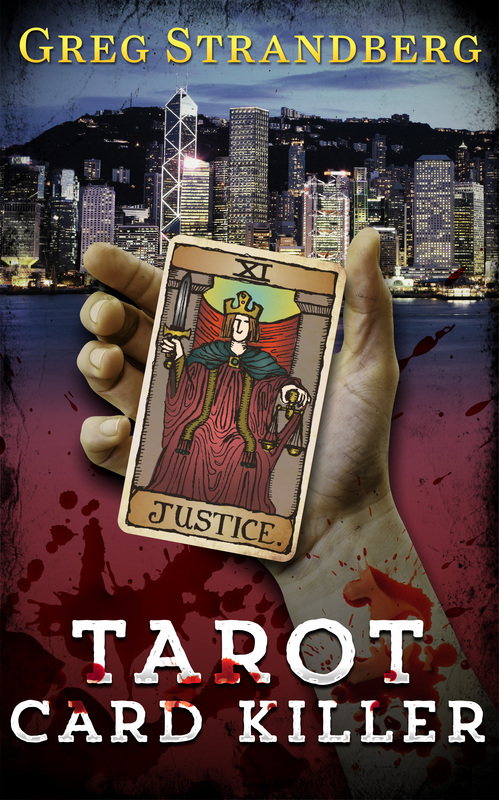
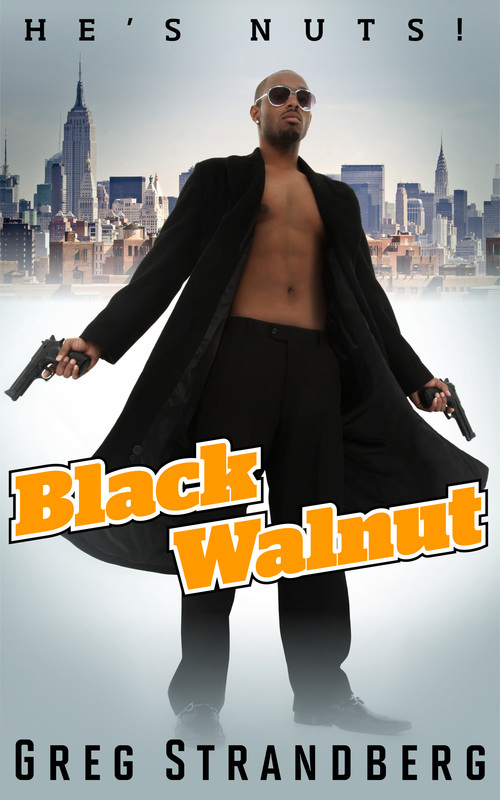
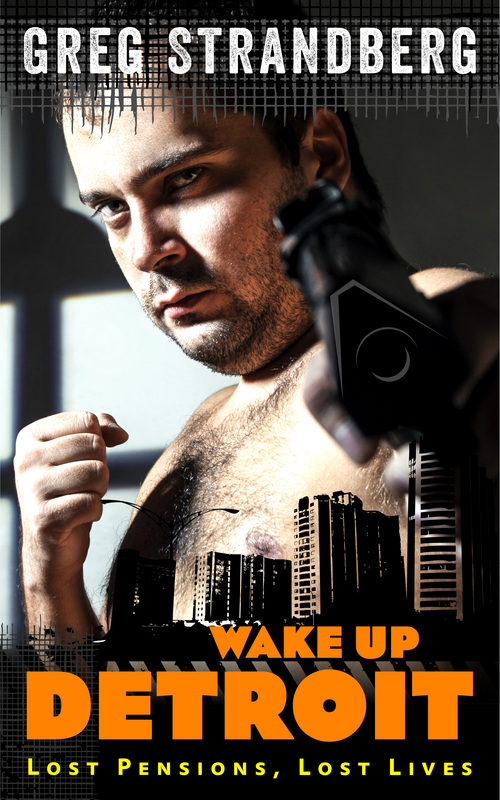
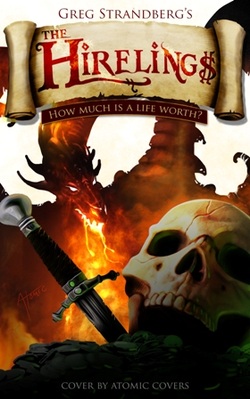
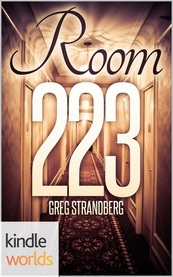
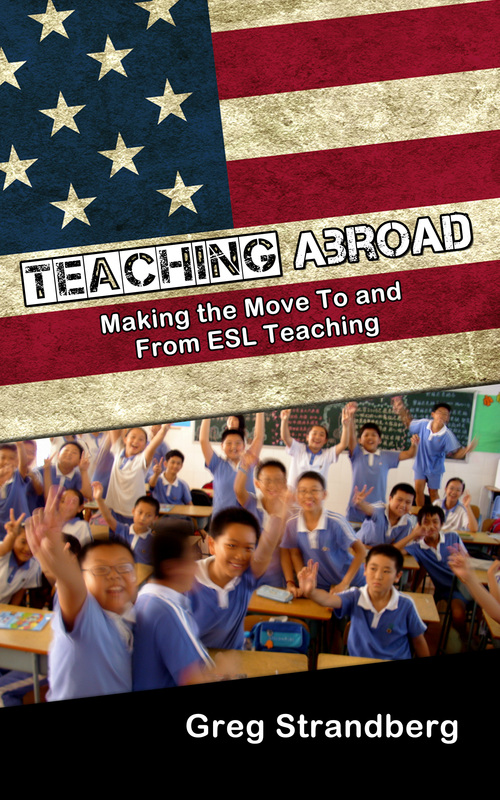
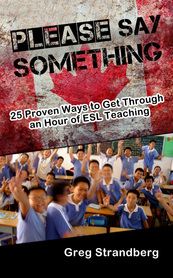
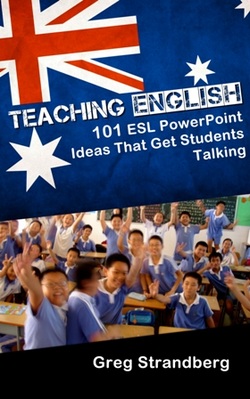
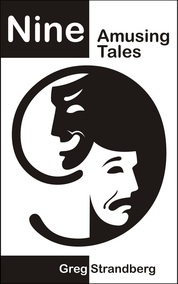
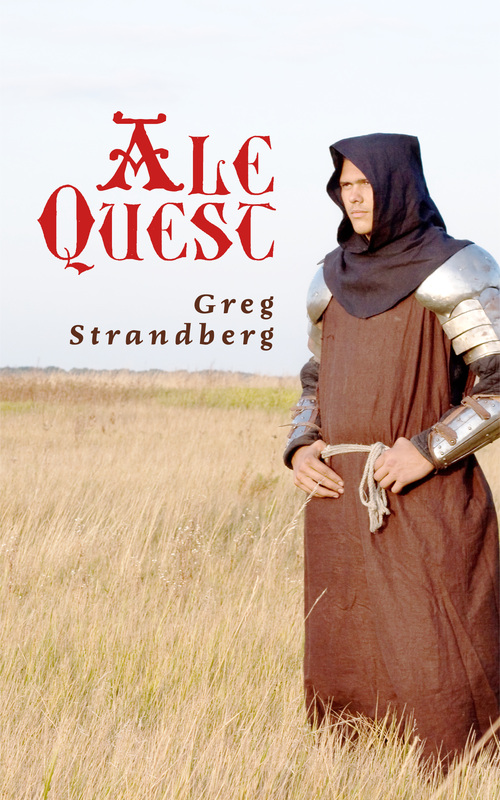
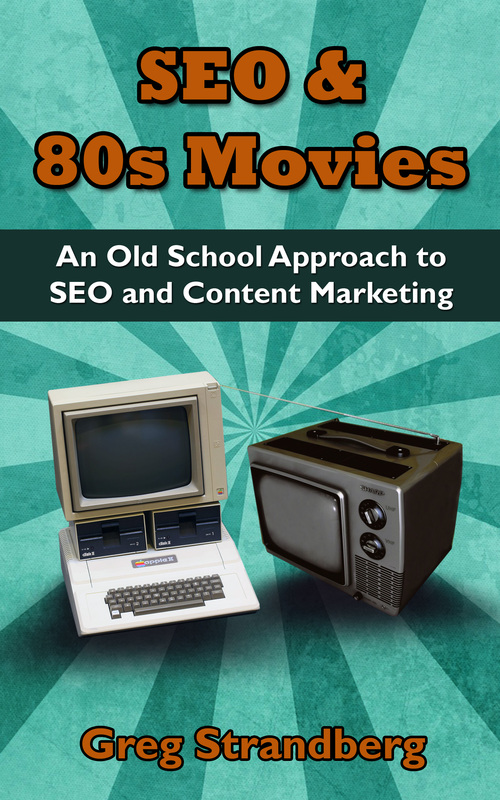
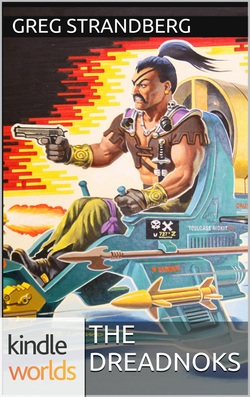
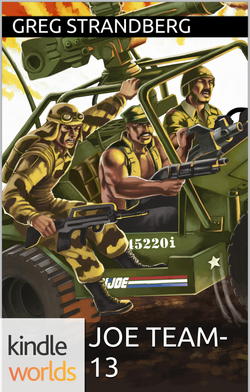
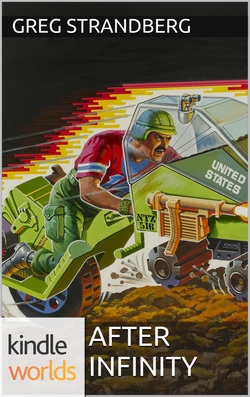
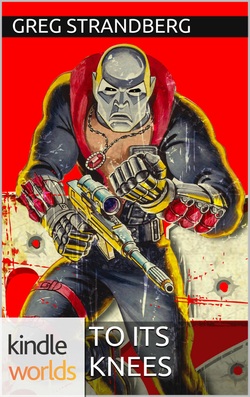
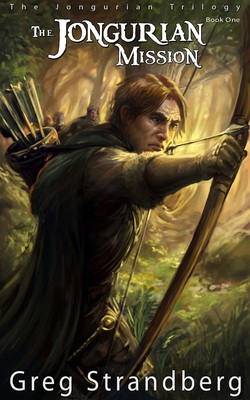
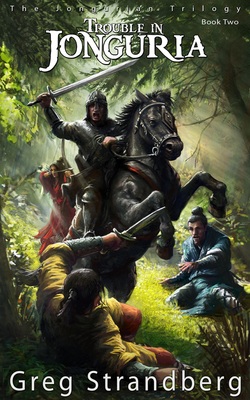
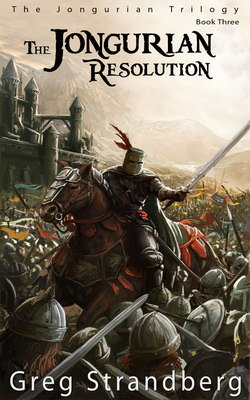
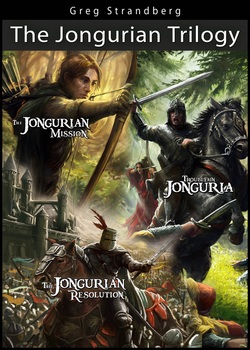
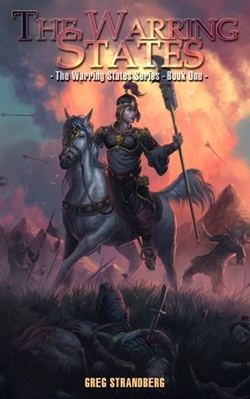
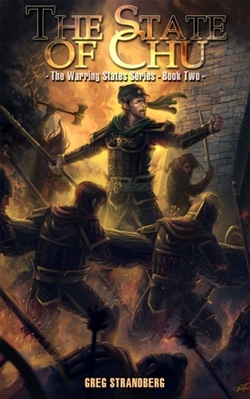
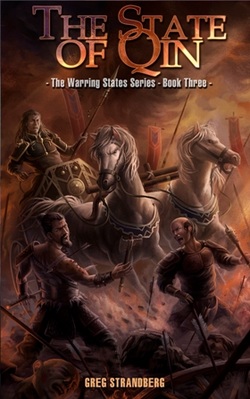
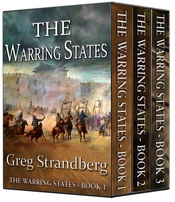
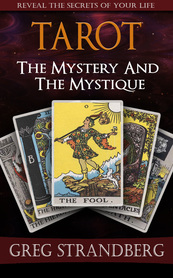
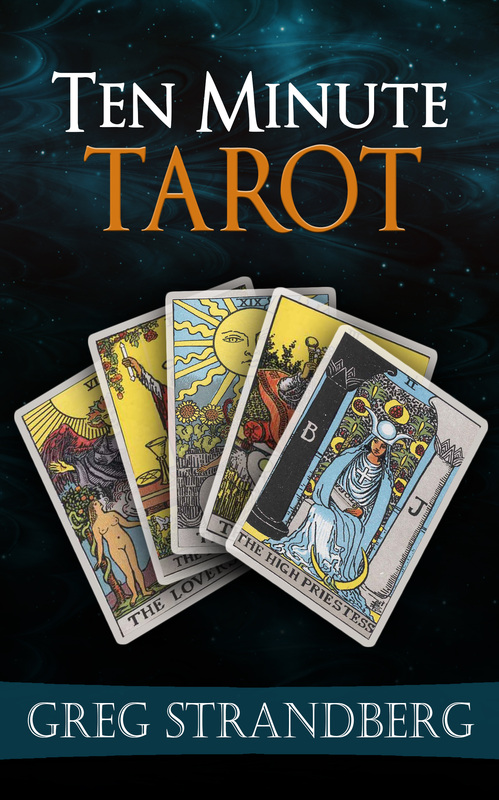
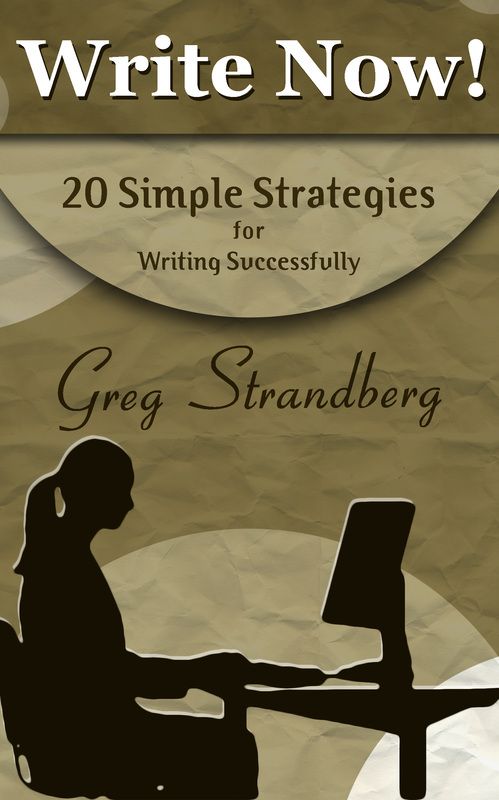
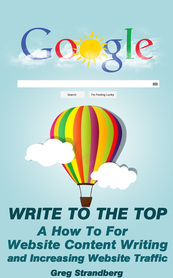
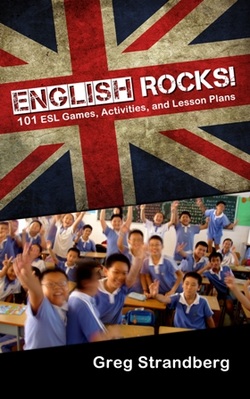
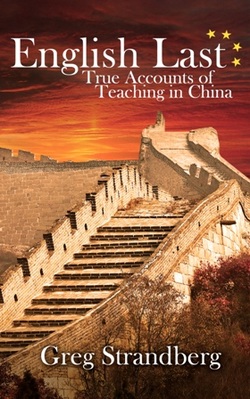
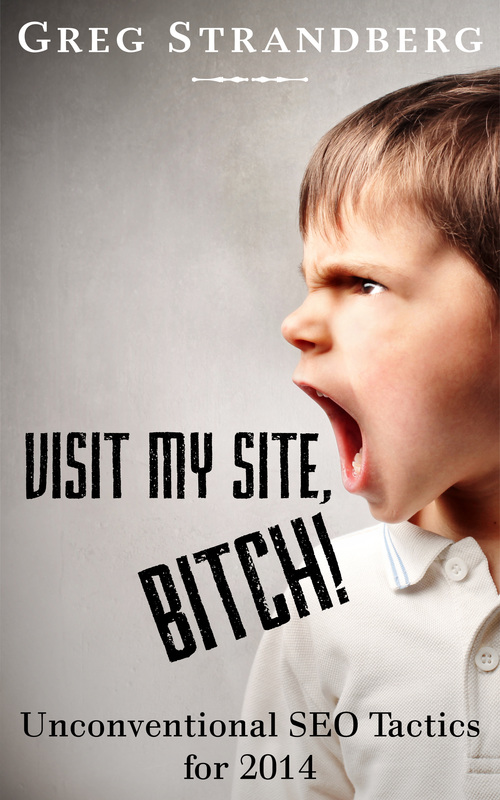
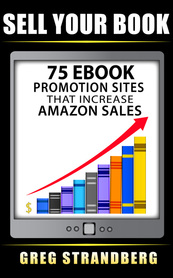
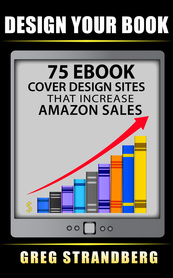
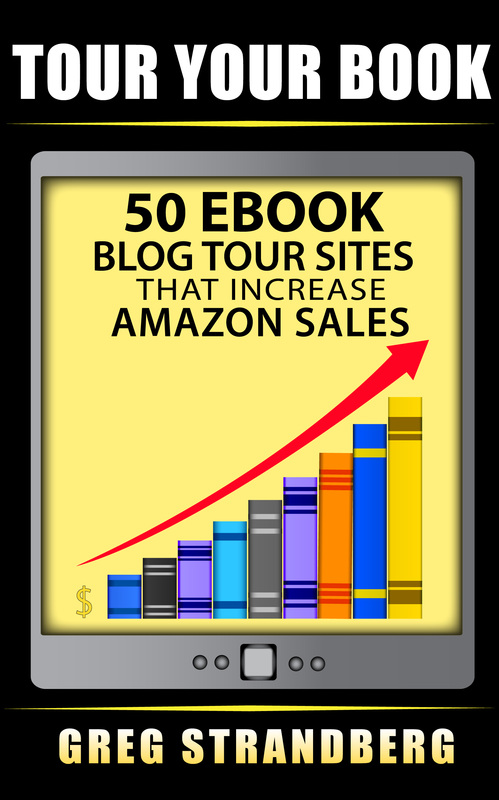
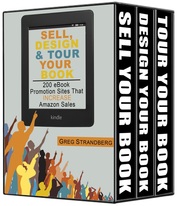
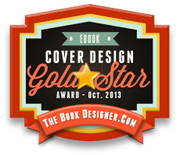
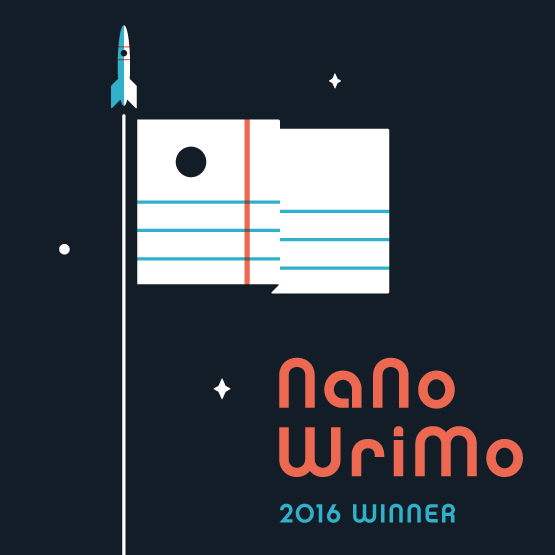

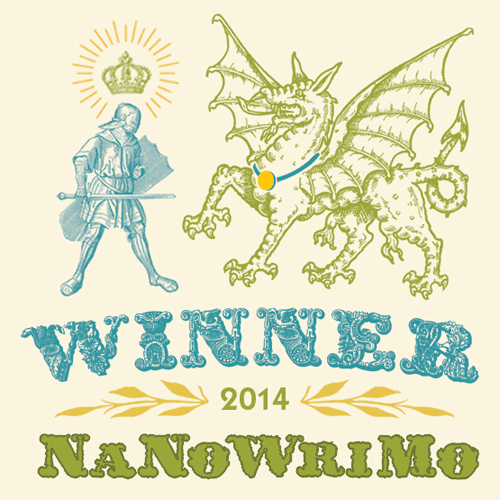
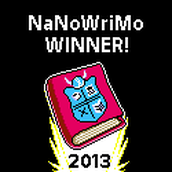
 RSS Feed
RSS Feed